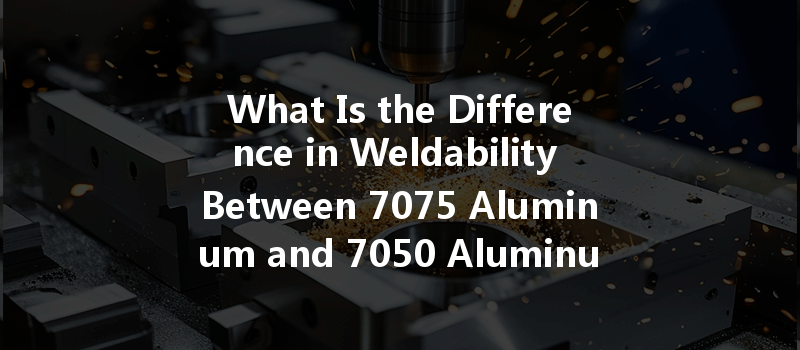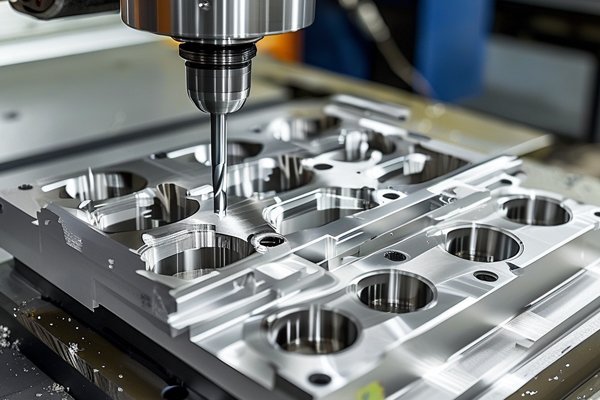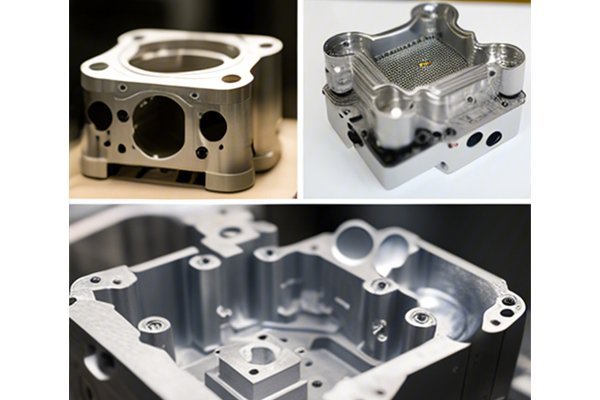: Weldability Matters
Did you know that aluminum alloys account for nearly 10% of all metal used in manufacturing today? Among these, 7075 and 7050 aluminum alloys are prominent, especially in industries like aerospace, automotive, and military, where strength, weight, and weldability are critical factors. But how do these two alloys stack up against each other when it comes to weldability? That’s the question we’ll delve into.
As industries demand ever-stronger and lighter materials, knowing the nuances of different aluminum alloys can significantly impact design, manufacturing processes, and end product performance. This blog will explore the characteristics of 7075 and 7050 aluminum, focusing on their weldability, implications for CNC machining, and practical tips for optimizing these processes.
Understanding Aluminum Alloys: 7075 vs 7050
Composition and Properties
The first step in understanding the difference in weldability between 7075 and 7050 aluminum is knowing their alloy compositions.
Both aluminum alloys are heat-treatable, but the difference in chemical composition leads to distinct properties that affect their welding performance.
Mechanical Properties
In terms of tensile strength, 7075 aluminum typically features a yield strength of around 570 MPa, making it ideal for applications requiring high mechanical strength. In contrast, 7050 aluminum tends to have a slightly lower yield strength but provides better ductility, making it more forgiving during fabrication.
Weldability Explained
Weldability refers to the capability of a material to be welded under the influence of various conditions. It’s an essential aspect in manufacturing, especially when working with metals that will undergo processing techniques such as CNC machining.
Factors Influencing Weldability
The alloying elements significantly influence the weldability of aluminum. Certain elements may lower melting points, while others affect the mechanical properties of the weld.
Both 7075 and 7050 aluminum can be heat-treated, but the process impacts their weldability differently. Heat treatment can induce stress, leading to deformation or cracking in the weld seams.
Different welding methods, such as MIG, TIG, or resistance welding, can alter the final characteristics of the weld and the weldability of the metals in question.
The melting point, thermal conductivity, and thermal expansion of the alloy will also significantly influence weldability.
Comparing Weldability of 7075 and 7050 Aluminum
Weldability of 7075 aluminum is significantly lower than that of
Key Considerations:
On the other hand, 7050 aluminum is generally more weldable, offering enhanced resistance to cracking and a lower likelihood of warping or distortion.
Key Considerations:

CNC Machining Considerations with Both Alloys
The choice of alloy significantly affects CNC machining processes such as milling, turning, and welding.
CNC Machining 7075 Aluminum
Due to its high strength, CNC machining 7075 aluminum can be challenging. The following considerations can help optimize machining:
CNC Machining 7050 Aluminum
With enhanced machinability, 7050 aluminum offers a more manageable machining experience:
Real-World Applications: Choosing Between 7075 and 7050 Aluminum
When selecting between 7075 and 7050 aluminum for projects like CNC machining, it’s crucial to consider both functional performance and aesthetic requirements.
: The Importance of Understanding Weldability in CNC Machining
Understanding the differences in weldability between 7075 and 7050 aluminum alloys is vital for manufacturers, engineers, and designers. It can impact not just the welding process but also CNC machining, end product performance, and project costs.
In summary, 7075 aluminum, while incredibly strong, poses significant challenges in weldability due to its tendency for hot cracking. On the other hand, 7050 aluminum offers a better balance of machinability and weldability, making it more versatile for various applications.
As industries increasingly turn toward lighter and stronger materials, being well-versed in the properties of these alloys becomes paramount. Emphasizing proper preparation, tooling, and processes can lead to high-quality products, driving efficiency and innovation in manufacturing.
Remember, the choice between 7075 and 7050 aluminum is not simply a technical decision; it can have lasting effects on structural reliability and product lifespan. Keeping this in mind will ensure that your projects are not just successful but also sustainable and efficient in the long run.






